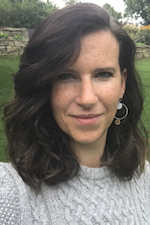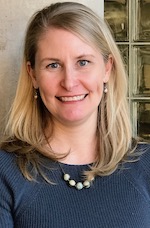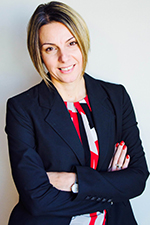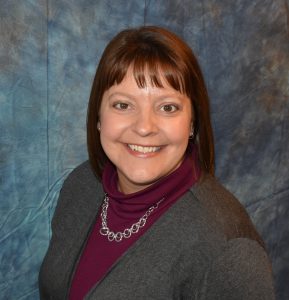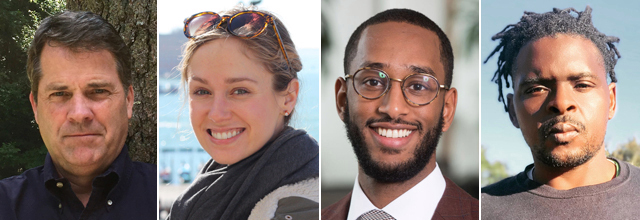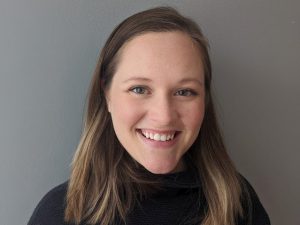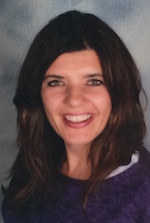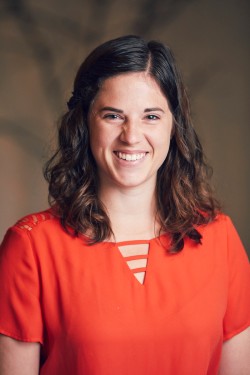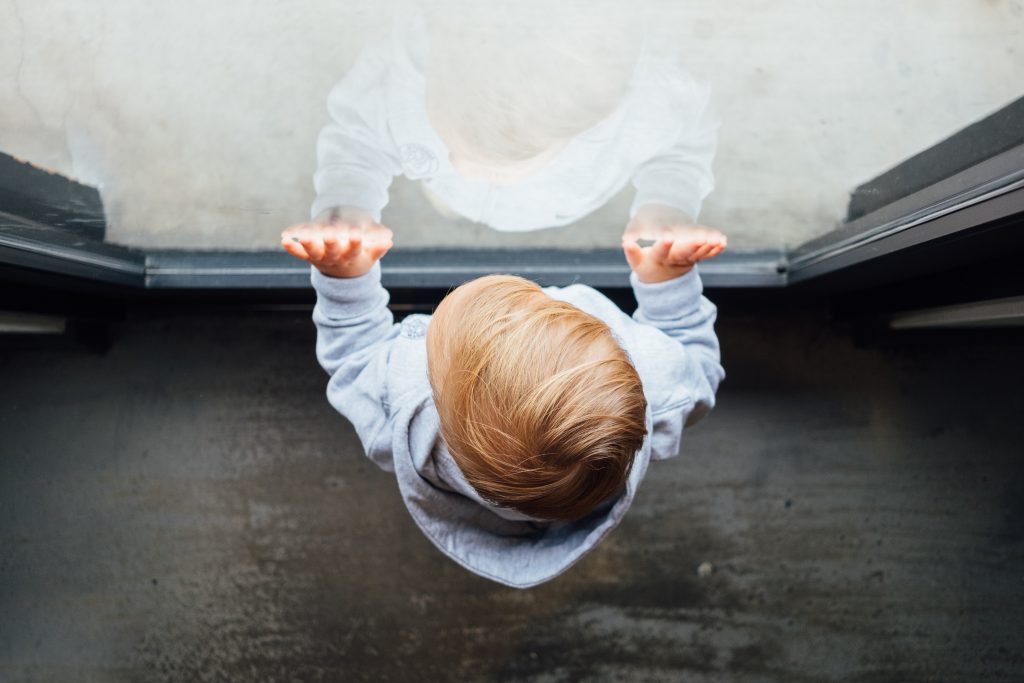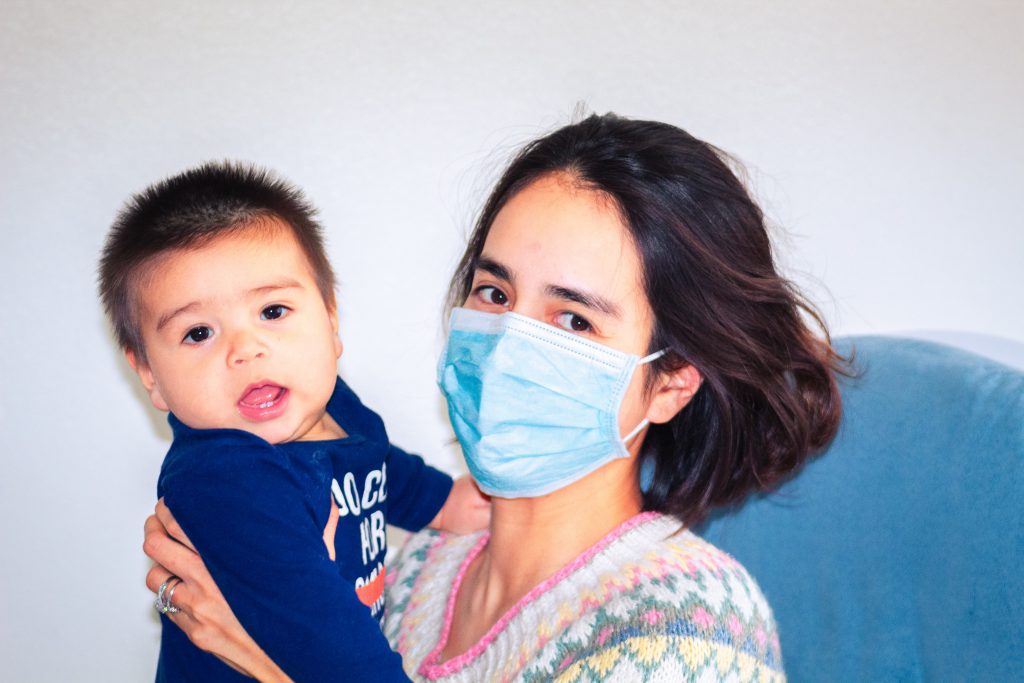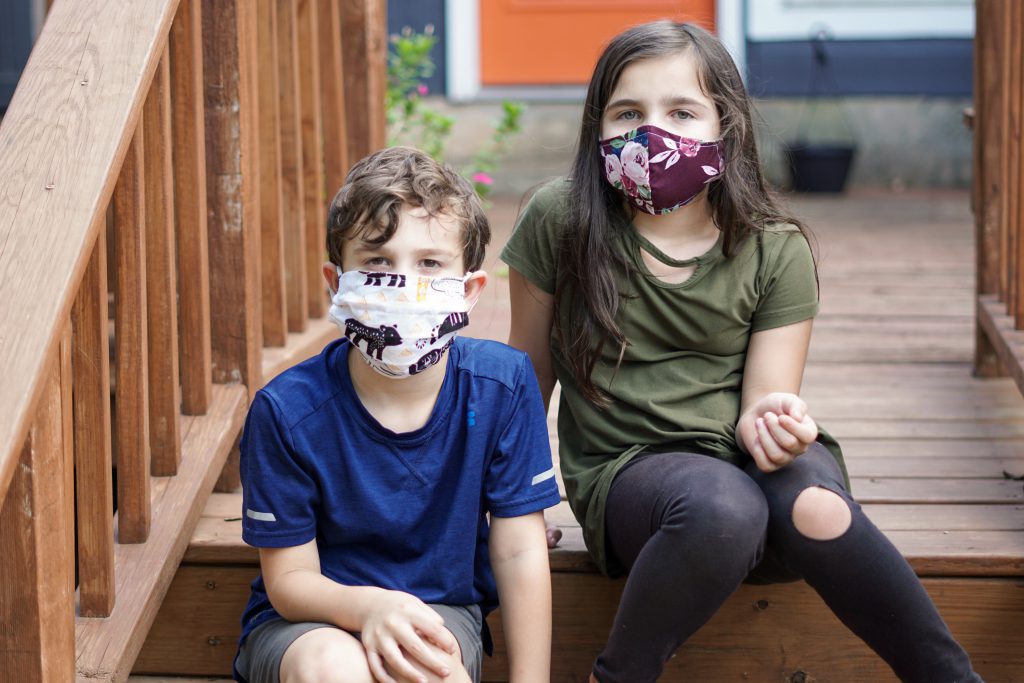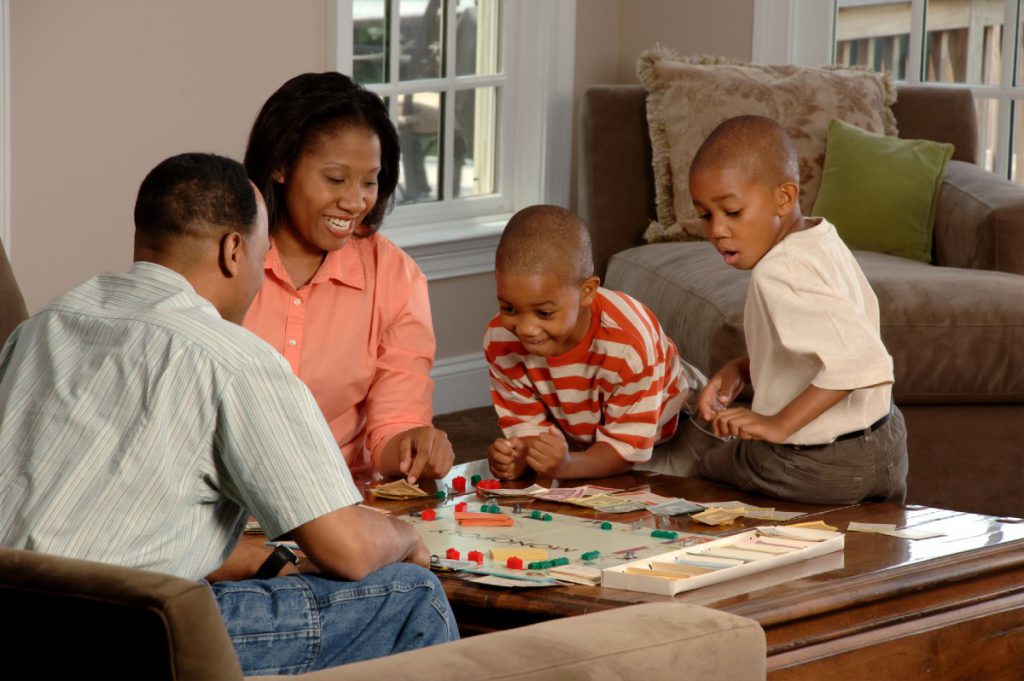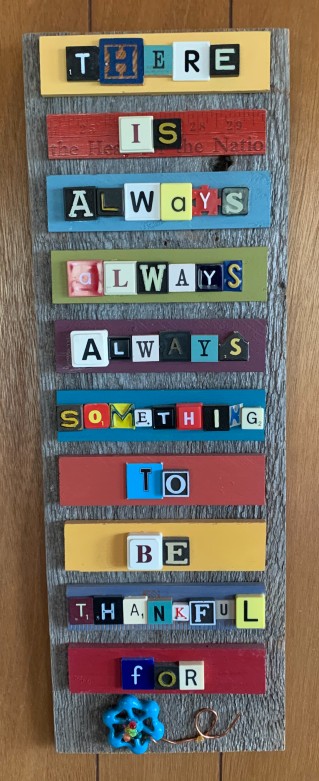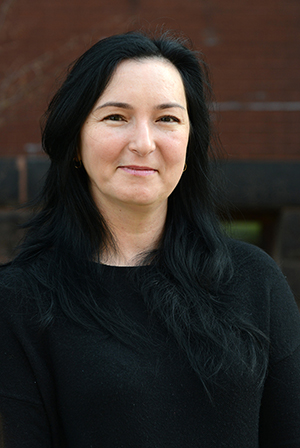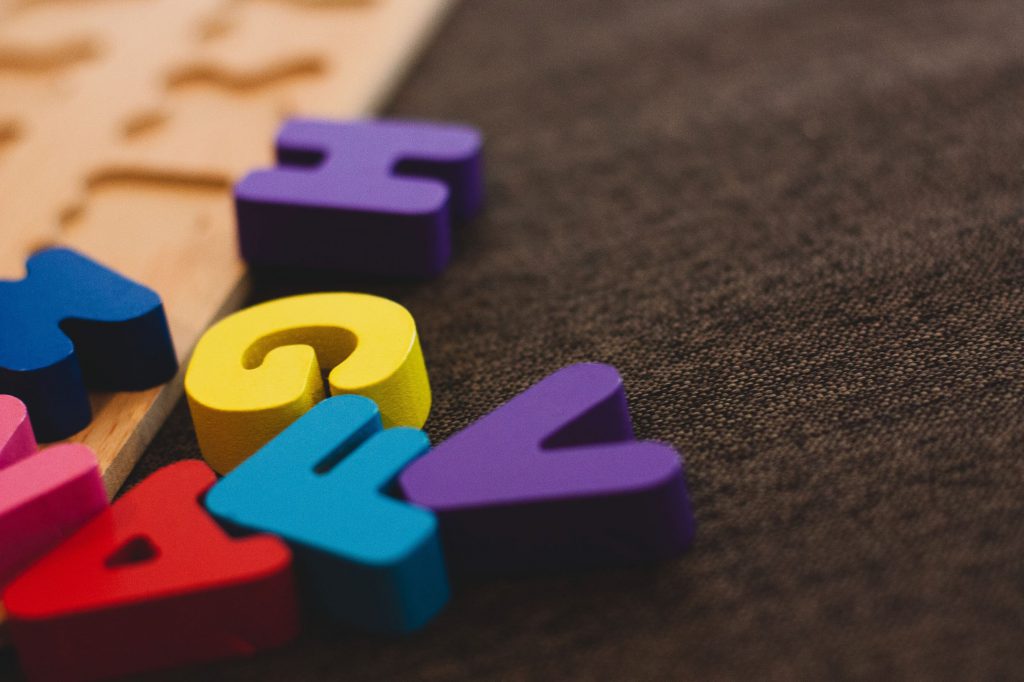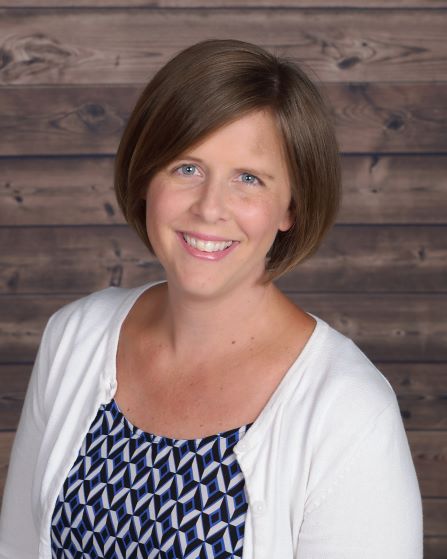Michelle Dineen, MSW, LICSW, IMH-E®, is a therapist and reflective consultant. As a therapist, she has a special interest in working with parents who have young children. As a reflective consultant, she leads group reflective supervision sessions for people in a variety of professions. This includes teams working in such fields as public health and emergency services, as well as teams working for social service agencies and crisis nurseries.
Dineen is also an instructor for our online course RIOS 1: Using the RIOS Framework for Reflective Supervision. She also authored our self-study module Wondering with Purpose: Reflection in Any Setting. In the first part of our Q & A with Dineen, she discusses the benefits of reflective supervision. She also talks about the challenges that the COVID-19 pandemic has posed to people in helping professions.
What happens in a reflective supervision session? How does reflective supervision help participants?
Michelle Dineen: Reflective supervision sessions can be led by a reflective supervisor who works within an organization, or they can be led by an external consultant, like me. Reflective supervision is particularly helpful for people whose work is emotionally charged. These providers often work with people who are in high-stress situations.
In reflective sessions, providers can take a step back and think about themselves as players in the interactions with people they assist. Reflective sessions are a place where providers can work on understanding their part of the equation. My job is to help providers name and manage the emotions that they experience while helping others.
In reflective sessions, we do mindfulness to become more aware of our bodies’ responses to emotions. When we get emotionally charged or someone we meet is emotionally charged, that is somewhat contagious. If we don’t understand our own reactions, we can end up taking on someone else’s emotions.
The providers I work with are empathetic. They are in relationships with the people whom they are helping. But they’re practicing how to manage the boundaries between their own emotions and those of others. They’re asking questions like: “What can I understand about the emotions that we experienced? What isn’t mine to hold onto anymore? What can I let go of and still be good at my work?” They’re practicing not being a sponge that soaks in all of the emotions in the room. Being a sponge leads to burnout.
So reflective supervision can help prevent burnout. It can also help participants increase their effectiveness at work. Can you talk a little bit about why that is the case?
MD: Reflective supervision sessions are not based on fixing anything. Instead, they are based on giving space to the experiences people are having with an initial goal of wondering what might be going on with the other person. From there, we get into challenging assumptions. All of us are judgmental. That’s how we keep safe. The key is to recognize our assumptions and to be curious about the person we are interacting with.
For example, let’s say you are a home visitor who works with parents and kids. You might have assumptions like, “I could do better than this mom.” Everyone has weird thoughts like these. We may feel that we can’t say them out loud. If I leave feelings and thoughts like these unconscious and buried, they may come out sideways. I may accidentally act on them. But if I have a safe space to notice those thoughts, such as a reflective supervision session, I don’t have to hang on to them. I can move through them and use them to lead me in my intervention and support of that parent.
You mentioned you work with public health professionals. How has their work changed since the start of the pandemic?
MD: I’ve noticed that some of the separation of “provider” and “client,” or of “us” and “them,” if you will, is gone. It’s because we’re now all experiencing a universal stressor. This isn’t necessarily just applicable to public health; it’s applicable to everyone who works with people. The pandemic has changed the way work feels and the way it feels to help someone else. Providers are finding that the stress experienced by their clients feels familiar.
I mentioned that one piece of reflective supervision is the separation of “my feelings” and “your feelings.” Thinking about what’s happened over the past year, so many professionals are now in the position of saying to their clients, “I’m confused about what’s happening also. I don’t know when I can see you again. I don’t understand the technology to connect with you virtually. I don’t know what barriers there will be to connect with you.” It’s really a struggle for people who have been doing this for a long time, because their skill sets may not translate well when they are not in the room with someone. These providers are now being subjected to stress at a similar level to the people with whom they work.
It sounds like any professional who normally works with people face-to-face could be experiencing these high stress levels.
MD: Yes, many workers use themselves, their presence, as a tool to connect with someone. They can’t do that virtually, or at least, they can’t do it in the same way. For example, sometimes a home visitor’s work is to sit in silence as a person cries about the tragedy they’re having, or to sit in silence while holding a baby.
The educator and reflective consultant Carol Siegel has said that stress and creativity are opposites. When stress goes up, creativity goes down. People in helping professions practice creativity all the time. Think of a kindergarten teacher when a child is really dysregulated. The teacher thinks, “I’ll try this to help them. Now I’ll try that. That didn’t work. What else can I do?” What do professionals like these do when their creativity is constrained by the virtual format? They feel tired, incompetent. They can’t do what they want to do and serve the people they want to serve. And they know people are suffering for it.
Stay tuned for the second part of our conversation with Michelle Dineen. To learn more about reflective supervision, explore Dineen’s online course RIOS™ 1: Using the RIOS™ Framework for Reflective Supervision. For a self-paced introduction to reflective skills, Dineen’s self-study module Wondering With Purpose: Reflection in Any Setting is another option. Register for any of CEED’s self-study modules for $10 off throughout May in honor of Mental Health Awareness Month.

